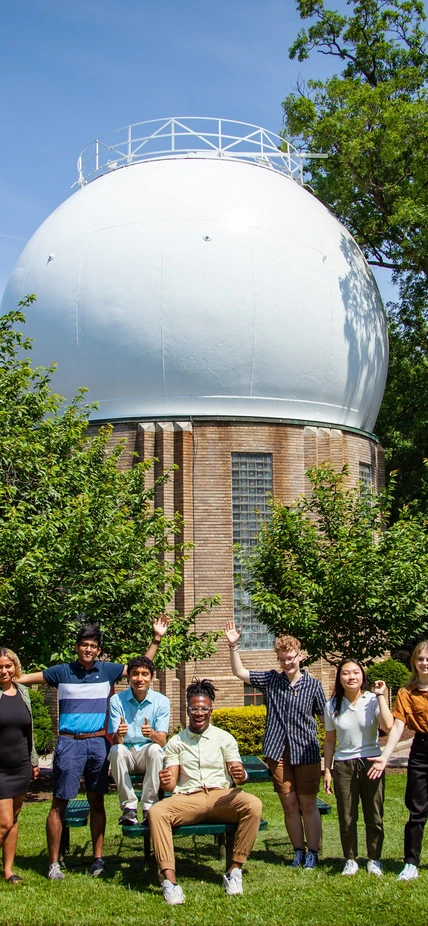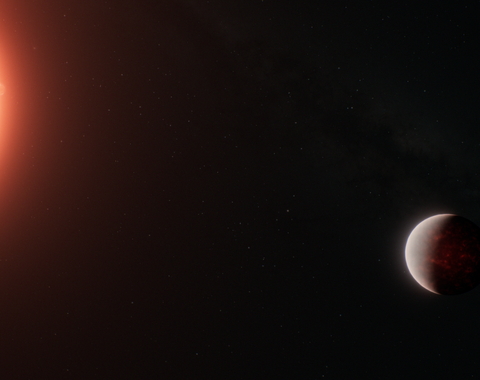Ready to kickstart your scientific career?
The Carnegie Earth and Planets Laboratory (EPL) Summer Undergraduate Research Internship (SURI) is calling your name! Join us for a 10-week, full-time, paid research internship and professional development program on our beautiful campus in NW, Washington, DC.
We're looking for a diverse group of 6-8 ambitious undergraduate students from DC-local colleges and universities to embark on a journey of discovery starting June 5, 2023, and ending August 11, 2023. As a division of the Carnegie Institution for Science, EPL conducts world-class research in a variety of disciplines, including astronomy, geochemistry, geophysics, material science, and planetary science.
During the program, you'll have the opportunity to participate in authentic, collaborative scientific research and gain valuable skills in scientific programming, presenting at conferences, effective science communication, and building a positive identity as a scientist. You'll also have the chance to join in departmental intellectual activities, including reading groups and seminars, take part in the social and cultural activities of the department, and explore the vibrant city in which our campus is located.
Our program is grounded in mentorship best practices and is intended to provide inclusive and flexible support to interns during the summer and into the future. And the best part? You'll receive a stipend of $6,200, and housing will be provided at American University, which includes full linen sets, Wi-Fi and cable access, shuttle service to/from the nearest metro stop, and complimentary access to the university’s fitness facilities.
Don't wait; the application deadline is February 20, 2023, so apply now and take the first step toward a successful career in science!
Questions?
Contact program coordinator Dionysis Foustoukos.
Apply today!




